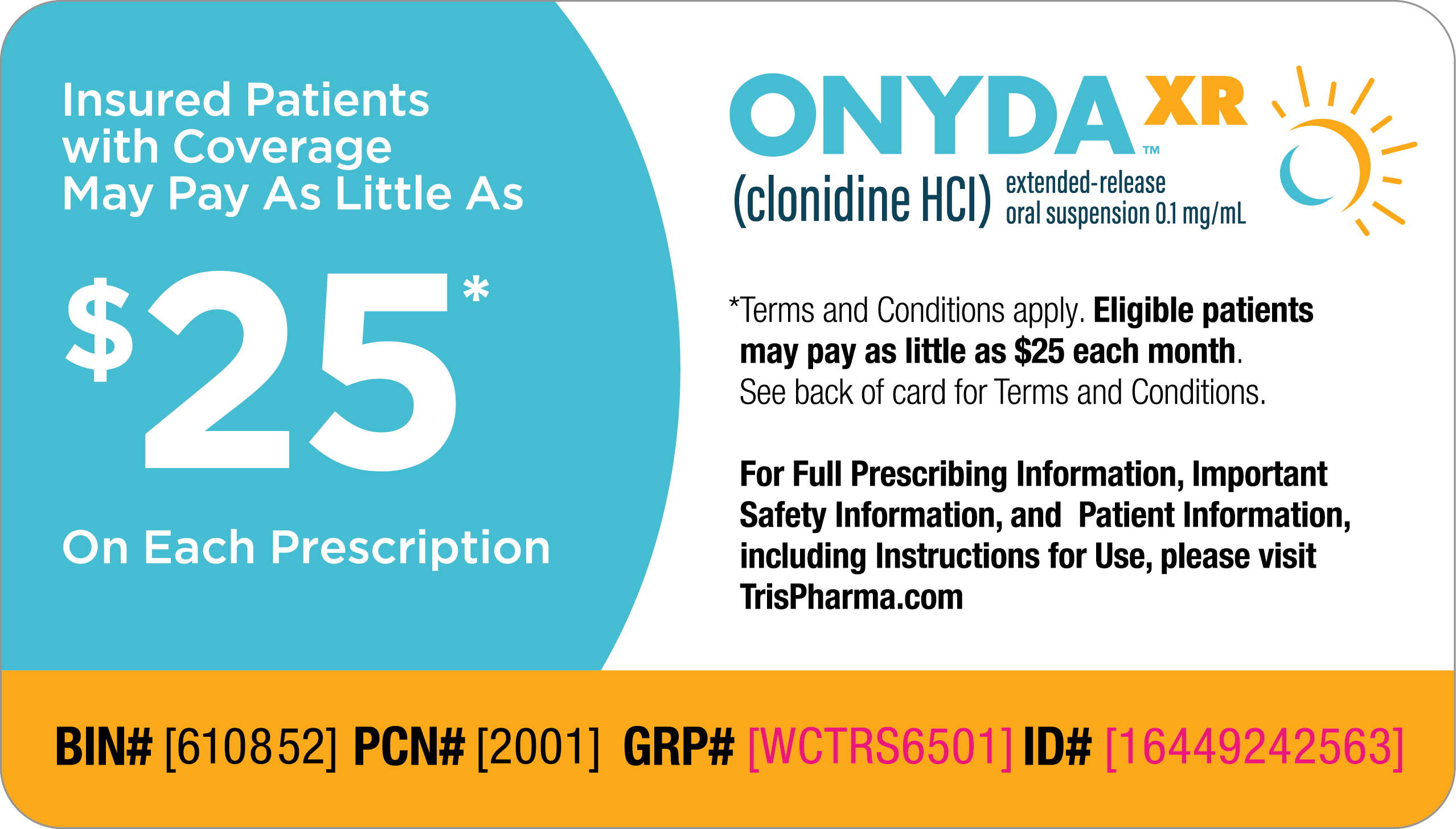Attention-deficit/hyperactivity disorder (ADHD) is a common neurodevelopmental condition that affects children and adults worldwide. It is usually first diagnosed in childhood and often lasts into adulthood. It is characterized by a persistent pattern of inattention and/or hyperactivity-impulsivity that can interfere with daily activities and relationships.1,2
People with ADHD experience an ongoing pattern of the following types of symptoms:1
- Inattention—having difficulty paying attention
- Hyperactivity—having too much energy or moving and talking too much
- Impulsivity—acting without thinking or having difficulty with self-control
Some people with ADHD mainly have symptoms of inattention. Others mostly have symptoms of hyperactivity-impulsivity. Some people have both types of symptoms.1
There is no single test to diagnose ADHD, and many other problems, like anxiety, depression, sleep problems, and certain types of learning disabilities, can have similar symptoms. Because of this, a thorough evaluation by a healthcare professional is necessary to determine the cause of the symptoms.1
Currently available treatments may reduce symptoms and improve functioning in ADHD patients. Treatments include medication, psychosocial interventions, education or training, or a combination of treatments.1
There are many treatment options, and what works best can depend on the individual. It is recommended that patients work with healthcare providers to find the best treatment plan.1
Recent studies link genetic factors with ADHD. Scientists are studying cause(s) and risk factors in an effort to find better ways to manage and reduce the chances of a person having ADHD. Many cause(s) and risk factors for ADHD are unknown, but current research shows that genetics plays an important role. In addition to genetics, scientists are studying other possible causes and risk factors.1



